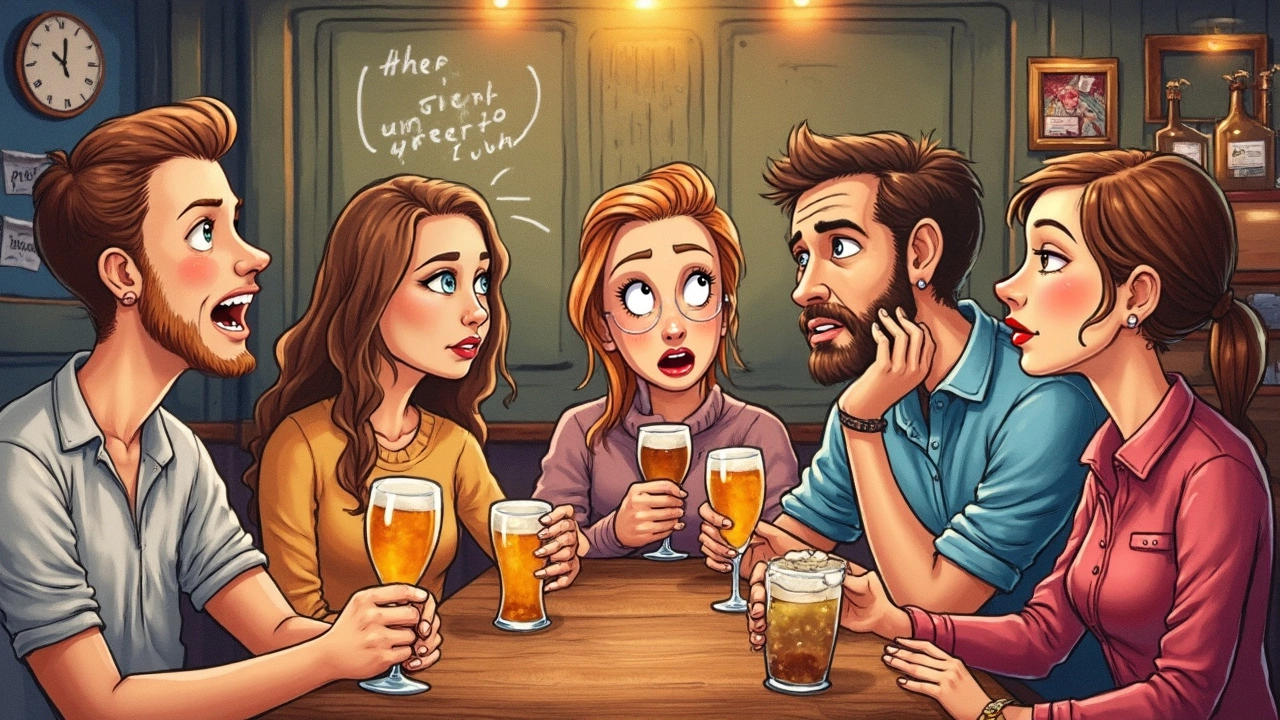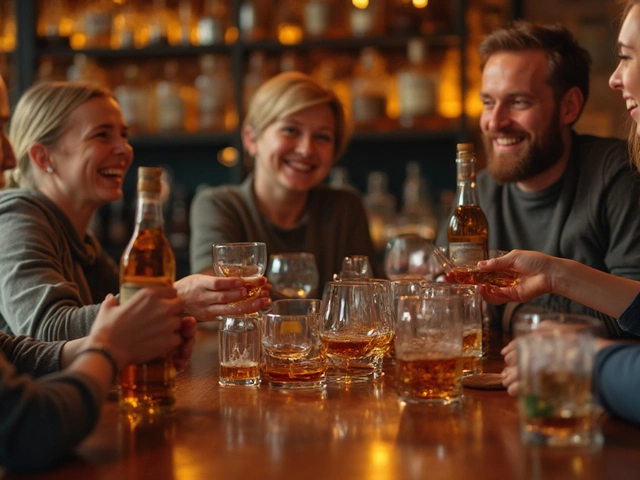Alcohol Taste: Identify Flavors and Boost Your Palate
Ever wondered why a whisky feels smoky while a white wine tastes crisp? It all comes down to how we perceive alcohol taste. Understanding the basics helps you enjoy drinks more and choose the right one for any occasion.
What Affects Alcohol Taste
First, the base spirit matters. Grain, grapes, sugarcane or potatoes each bring a different starting point. Next, the production method adds layers. Distillation, aging in oak, and even the water used can change the final flavor.
Temperature is another hidden factor. Cold drinks mute sweet notes and highlight sharp edges, while warmer drinks let subtle aromas rise. Glass shape also plays a role – a narrow rim concentrates aromas, making the taste feel richer.
Finally, your own senses matter. Your nose, tongue and even past experiences shape what you hear as “taste.” If you’ve tasted a lot of citrus, you’ll pick up those notes faster in a gin or a rum.
Practical Tips to Train Your Taste Buds
Start with a simple tasting notebook. Jot down the drink, its color, smell, and the flavors you notice. Over time you’ll see patterns and learn which words match which sensations.
Try a “taste ladder.” Begin with a plain water sip, then a light beer, followed by a white wine, a rosé, a red wine, and finish with a spirit. This gradual step‑up lets your palate adjust without being overwhelmed.Clean your palate between drinks. A bite of plain bread or a sip of sparkling water clears lingering flavors and lets the next drink shine.
Practice blind tasting. Have a friend pour two different vodkas without labeling them. Guess which is which based on smoothness or any bite you feel. Blind tests sharpen your ability to focus on taste alone, not brand reputation.
Pair food wisely. A salty cracker can bring out sweet notes in a fortified wine, while a piece of dark chocolate highlights bitter edges in a stout. Experiment to see how food flips the taste experience.
Remember, taste is personal. No one flavor is right or wrong – it’s about what you enjoy. Use these tips to explore, have fun, and let your palate grow stronger with each sip.
The taste of alcohol isn't everyone's cup of tea, with many finding it unpleasant due to various biological and psychological factors. Our taste buds play a significant role in perceiving alcohol flavors, and individual experiences can differ widely based on genetics, previous encounters, and even mindset. Understanding the reasons behind this aversion helps in discovering approaches to find a drink you might enjoy. This guide offers insights and tips for those who don't naturally appreciate the taste of alcohol.
View Details

